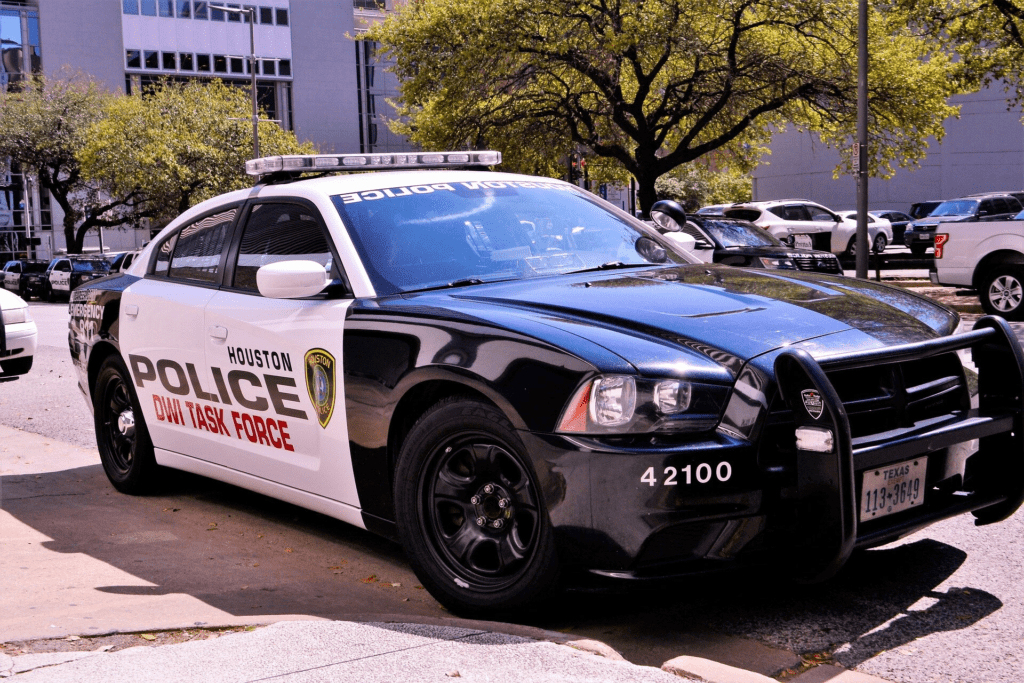Interactions between police and the community are not always peaceful and pleasant, to put it mildly. In the US, particularly, police violence has emerged as a major problem, with one 2021 study noting that the burden of fatal police violence is an “urgent public health crisis in the USA.” According to a new published paper, this burden can be improved by training police officers in procedural justice.

Procedural justice is a concept that deals with the idea of fairness in resolving disputes. It’s a concept that can be applied in several settings, from corporate settings to education to police enforcement. The concept is based on four components of fairness:
- giving people a voice;
- showing neutrality;
- treating people with respect;
- showing trustworthy motives.
To see whether procedural justice could help foster a better police force, 28 police officers were randomly assigned to one or two groups: one group followed standard operating procedures, while the second group received an intensive, 40-hour course in procedural justice. The officers were then allocated randomly to 120 crime hot spots in the three cities and studied for an average of nine months in each site.
The researchers then used multiple sources of data to see how well this training course worked, including self-reported officer surveys to analyze how the training influenced attitudes, systematic social observations to examine police behavior in the field, and pre- and post-training household surveys to assess attitudes towards the police. The researchers also measured the impact on crime and arrests.
Remarkably, although officers trained in procedural justice made fewer arrests than the control group, crime also decreased in these areas, and the community’s attitude towards police also improved.
“We found a significant relative 14% decline in crime incidents in the PJ hot spots during the experiment,” the researchers note in the study. “This randomized trial points to the potential for PJ training not simply to encourage fair and respectful policing but also to improve evaluations of the police and crime prevention effectiveness.”
The findings are good news for the police and community leaders, because they show ways through which crime can be reduced while also simultaneously improving police-community relations.
The study comes in an area where there is relatively little research, but plenty of room for improvement, the researchers conclude.
“There are only a small number of randomized experiments examining the influence of police training, and even fewer that look at effects of training on both officer behavior and community perceptions. This study adds to the evidence base for procedural justice training and expands our understanding of how training impacts interactions between police and the public. We view our findings as important for efforts to enhance both fairness and effectiveness in policing,” said Cody Telep, associate professor in the School of Criminology and Criminal Justice at Arizona State University, and one of the authors of the study.
The study was published in PNAS.






